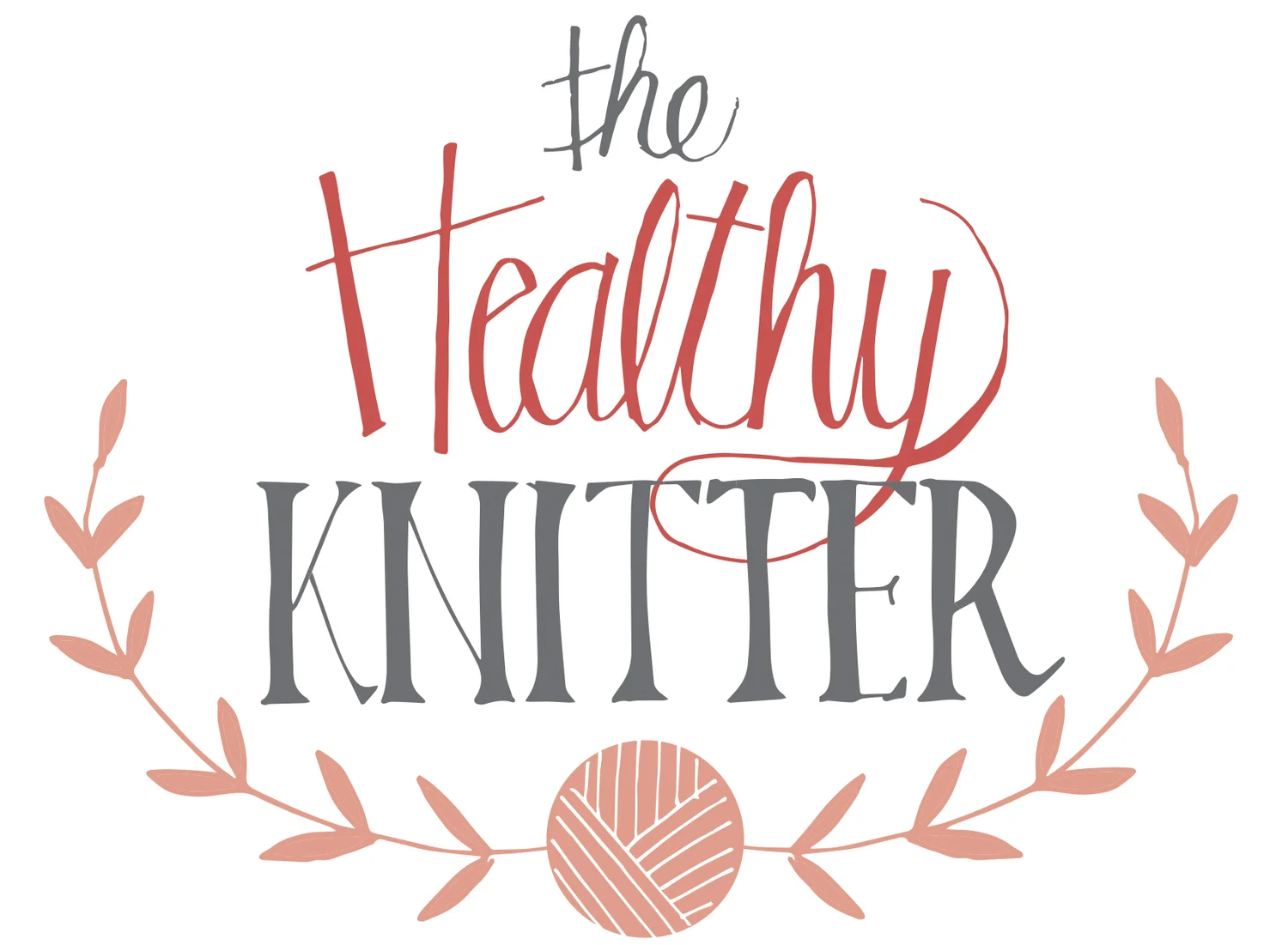“The moral covenant of reciprocity calls us to honor our responsibilities for all we have been given, for all that we have taken. It’s our turn now, long overdue.”
Ponderosa Park, McCall, Idaho
Each year for Project Peace, I’ve written a sort of folktale that pulls together many elements of our 21-day journey. Today, I share with you a folkish poem. So, pull up a chair and a beverage of your choosing and enjoy this brief little tale.
A lone woman
A lone woman leaps in the forest…
She dances for joy
Where all Kingdoms, Eubacteria, Archaebacteria, Fungi, Plantae, Protista, Animalia thrive
Pollen mingles, nuts transported, life moves above and below
A watercolor in motion… red, brown, green, orange
A place where the interconnectedness of life prevails
A lone woman weeps in the forest…
She bows her head
The streams move no more, water only found in her tears
Objects foreign lay scattered on the once thriving floor
Silence lingers beneath the rocks and fallen trees
A dullness pervades
Death lurks…
A lone woman sweeps in the forest…
She persists with her head lifted once more
Purify, extract, and atone for the choices made
Remedy, rectify, and restore
For the colors to return, the chatter to fill the air
And for all Kingdoms to thrive once again…
A lone woman sleeps in the forest…
The task too great for one alone
To bear the burden of so many
Work not yet completed
She lays down her head and waits
For those that have created this mess
to choose authenticity,
simplicity,
a way that honors the Earth.
A lone woman rests in peace in the forest…
She waits patiently
She will persist
For one day, the colors will return
The birds will frolic on the waves of the wind and water
Purity to the water and the air will be restored
Reciprocity will be the chosen way…
A lone woman and all her children,
flora, fauna, animals and more,
shout for joy in the forest.
“Whatever our gift, we are called to give it and to dance for the renewal of the world. In return for the privilege of breath.”
Daily peace tip #20
Who is the woman in the forest?
Today’s tip is simple…be intentional about making space for peace. What will you do today, the 2nd to last day of Project Peace to assure you say “yes” to peace. Perhaps your “yes” was as simple as taking the time to read this post… perhaps it’s a walk in the park, or meeting a friend for a cup of coffee.
I want to make you aware of something special happening tomorrow. It’s a minute of silence occurring around the world on December 21. Here’s a link to the details.
peace to all,
Christina

















